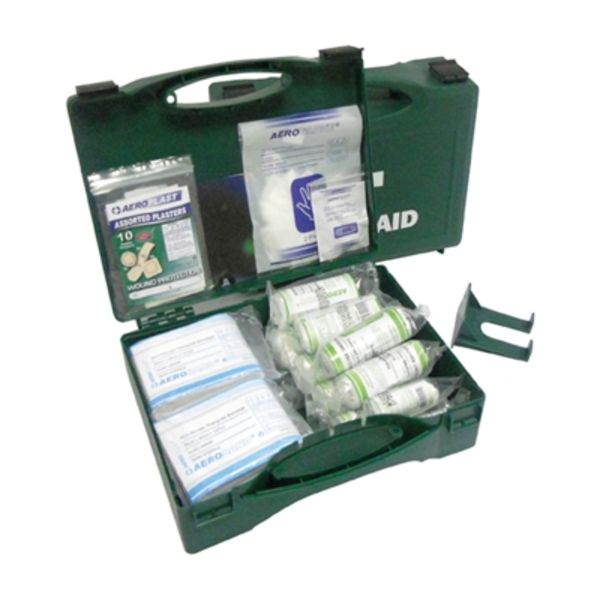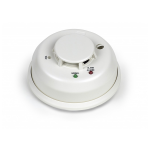I. Introduction to Survival First Aid Kits
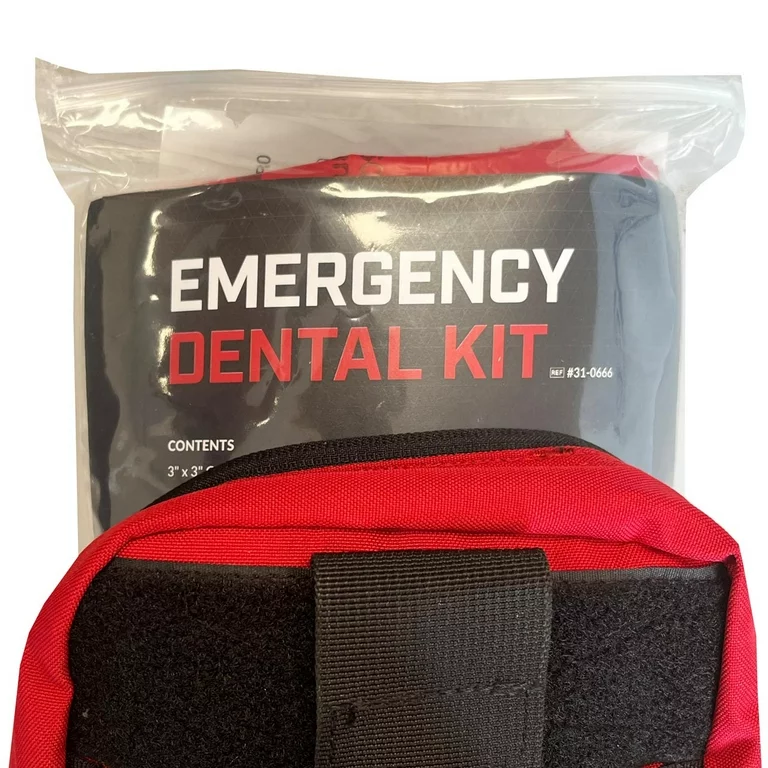
A. Importance of Having a Well-Stocked First Aid Kit
When it comes to being prepared for emergencies, having a well-stocked first aid kit is absolutely essential. Whether you’re out in the wilderness, traveling, or at home, accidents and unexpected medical situations can arise. A properly stocked first aid kit can make a significant difference in providing immediate care and potentially saving lives. From minor cuts and scrapes to more serious injuries, having the right supplies at hand can help mitigate risks and provide necessary aid until professional medical help is available.
B. Basic Principles of First Aid in Survival Situations
In survival situations, the basic principles of first aid become even more critical. Immediate access to medical supplies and the knowledge of how to use them can be the difference between life and death. In survival scenarios, injuries may be more severe and help may be farther away. Therefore, having the ability to stabilize a person’s condition or treat their injuries becomes paramount. In addition to physical injuries, first aid in survival situations may also involve addressing shock, dehydration, exposure to extreme weather conditions, and other environmental challenges.
II. Primary Medical Supplies for Survival First Aid Kits
A. Wound Care Essentials
Wound care essentials are a fundamental component of any survival first aid kit. This includes items such as antiseptic wipes, hydrogen peroxide, and alcohol pads for disinfection, as well as sterile gauze pads, adhesive bandages, and medical tape for dressing wounds. Additionally, having a pair of sharp scissors and tweezers can be invaluable for trimming bandages and removing foreign objects from wounds. In more extreme situations, a clotting agent or tourniquet may be necessary for stopping severe bleeding.
B. Medications and Ointments
In survival first aid kits, it’s crucial to have a selection of essential medications and ointments. This can include pain relievers such as acetaminophen or ibuprofen, antihistamines for allergic reactions, and anti-diarrheal medication. Additionally, including antibiotic ointment for wound care and hydrocortisone cream for rashes and insect bites is important. For individuals with specific medical needs, such as allergies or chronic conditions, it’s also essential to include their prescribed medications in the kit.
C. Bandages and Dressings
Bandages and dressings are critical for various types of injuries and wound care. In a survival first aid kit, having a variety of sterile gauze rolls, sterile eye dressings, and adhesive bandages of different sizes is essential. These supplies can be used to stabilize fractures, provide compression to stop bleeding, and dress larger wounds. Additionally, including a triangular bandage for creating slings or securing splints can be extremely useful in the case of injuries requiring immobilization.
III. Additional Items for Emergency Situations
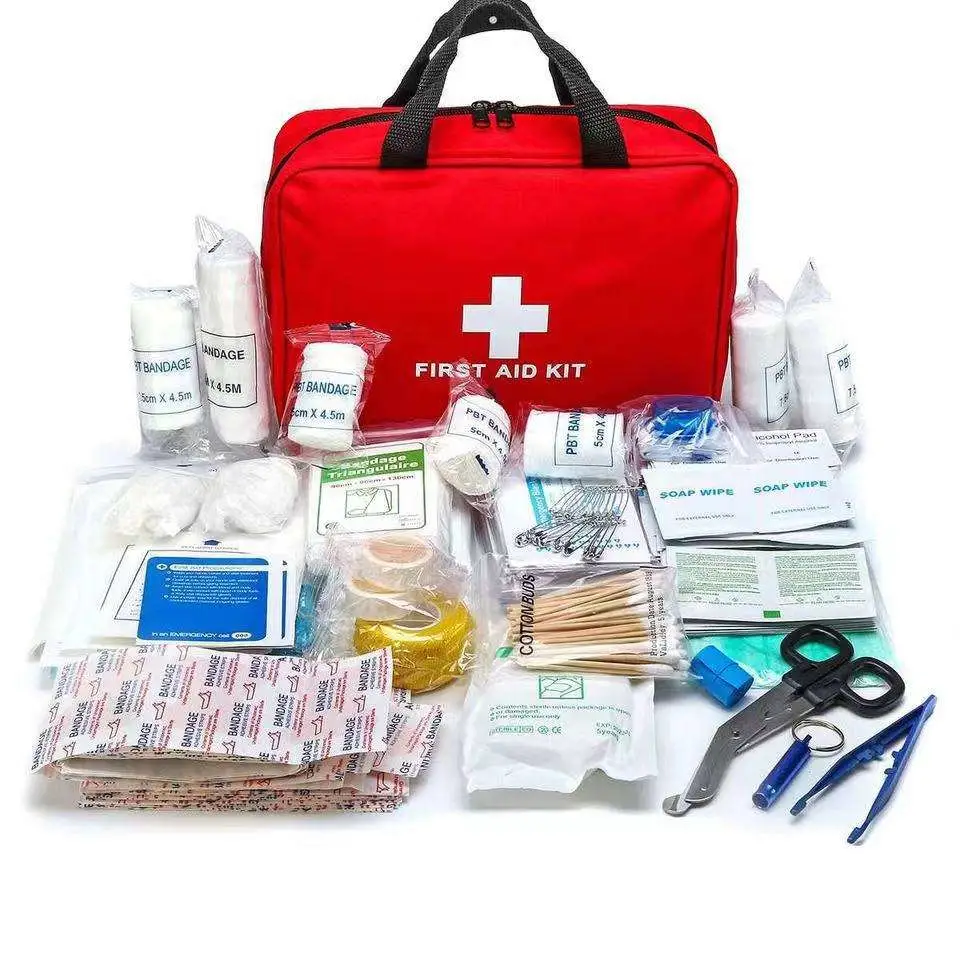
A. Tools and Instruments
In survival situations, having the right tools and instruments in your first aid kit can be crucial. A multi-tool, for example, can serve multiple purposes from cutting branches for a splint to opening canned food. Having a reliable knife or scissors can also aid in cutting bandages and removing clothing to assess and treat injuries. Tweezers are essential for removing splinters or ticks, while a thermometer can help monitor body temperature. Additionally, including a small mirror can assist in examining injuries in hard-to-see areas. These tools and instruments can significantly enhance your ability to provide effective first aid in survival scenarios.
B. Personal Protection and Safety Gear
In emergency situations, personal protection and safety gear can help prevent further injuries or complications. This can include items such as disposable gloves, a CPR mask, and eye protection. Gloves are essential for reducing the risk of infection when providing first aid, while a CPR mask can offer protection when performing cardiopulmonary resuscitation. Eye protection is important in environments where there is a risk of dust, debris, or chemicals. In situations where the risk of exposure to bodily fluids is high, having a biohazard bag for safe disposal of contaminated items is also recommended.
C. Emergency Communication Devices
Communication devices are vital in emergency situations to seek help and stay connected. While a fully charged mobile phone is an obvious inclusion, it’s also advisable to have a backup power source such as a portable charger or solar charger. Additionally, a whistle and a signaling mirror can be helpful for alerting rescuers to your location, especially in the wilderness. For more remote locations or outdoor activities, a personal locator beacon or satellite messenger can be a valuable addition to your survival first aid kit.
IV. Special Considerations for Unique Situations
A. First Aid for Outdoor and Wilderness Survival
When venturing into the great outdoors, it’s essential to adapt your first aid kit to the specific challenges of wilderness survival. In addition to the standard first aid supplies, it’s crucial to include items such as a topographic map, compass, and a waterproof container to store essential items. Water purification tablets and a filtration system can provide clean drinking water, and a compact emergency shelter or space blanket can offer protection from the elements. Furthermore, knowledge of how to identify and treat specific injuries and ailments common to outdoor environments is paramount for wilderness first aid.
B. First Aid for Natural Disasters and Home Emergencies
In the event of a natural disaster or home emergency, a well-prepared first aid kit can be a lifeline. Beyond medical supplies, it’s important to include items such as a flashlight, spare batteries, and a whistle for signaling for help. A dust mask can protect against airborne particles in the event of a disaster, and a multipurpose tool can be useful for a variety of tasks. It’s also advisable to have a list of emergency contacts, including local authorities and utility providers, as well as any relevant medical information for household members.
C. First Aid for Travel and On-the-Go Situations
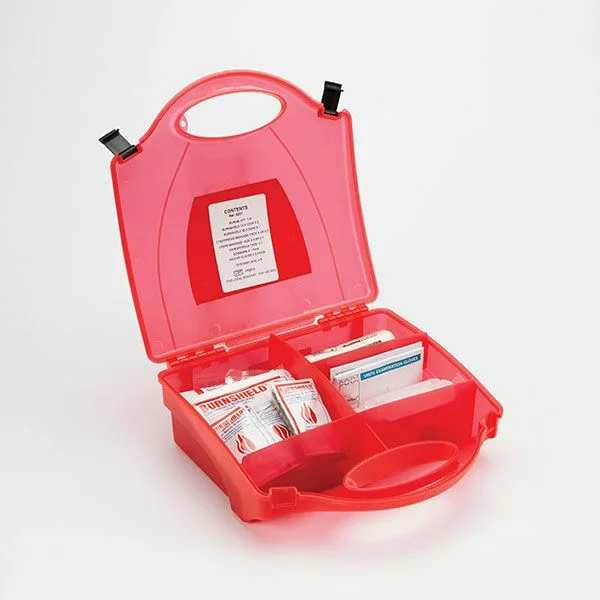
When traveling or on-the-go, a compact and portable first aid kit is essential. It should contain all the basic medical supplies, as well as motion sickness medication, anti-diarrheal medication, and water purification tablets. In addition, including a basic sewing kit and extra prescription medications in their original packaging can be beneficial for longer trips. For international travel, a translation card with essential medical information in the local language can facilitate communication with medical professionals in case of emergencies.
V. Maintenance and Replenishment of First Aid Kit Supplies
A. Regular Inspection and Replacement of Expired Items
Regular inspection and replacement of expired items are essential for maintaining the effectiveness of a survival first aid kit. It’s crucial to perform routine checks to ensure that all medical supplies are within their expiration dates. Expired medications and medical items lose their potency and may not be as effective in providing treatment. Therefore, maintaining an organized inventory and regularly reviewing the contents of the kit is important. By establishing a schedule for inspecting and replacing expired items, individuals can ensure that their first aid kit is consistently equipped with functional and effective supplies when needed.
B. Restocking Essentials Based on Usage and Needs
Restocking essentials based on usage and needs ensures that the first aid kit remains prepared for emergencies. Keeping track of items that have been used or depleted allows for timely replenishment. Additionally, taking into account the specific needs of individuals within the group or the potential requirements of the environment is crucial. For instance, if allergy medication is frequently used by members of the group, it’s important to ensure an adequate supply is available. Similarly, tailoring the kit to the activities and potential risks involved in a specific situation, such as including specific supplies for outdoor activities or travel, enhances the preparedness of the first aid kit.
C. Proper Storage and Organization of First Aid Supplies
Proper storage and organization of first aid supplies are key to maintaining the integrity of the kit. First aid supplies should be stored in a durable and waterproof container that is easily accessible. It’s important to keep the container in a cool, dry place and away from direct sunlight, as exposure to extreme temperatures and light can degrade certain medical supplies. Furthermore, organizing the contents of the kit in a logical manner and clearly labeling items can facilitate quick and efficient access during emergency situations.
As we delve into the aspects of a survival first aid kit, we understand the significance of being equipped to handle medical emergencies in challenging environments. It’s crucial to be prepared for any eventuality and having the necessary supplies and knowledge can significantly impact the outcome of a survival situation.
